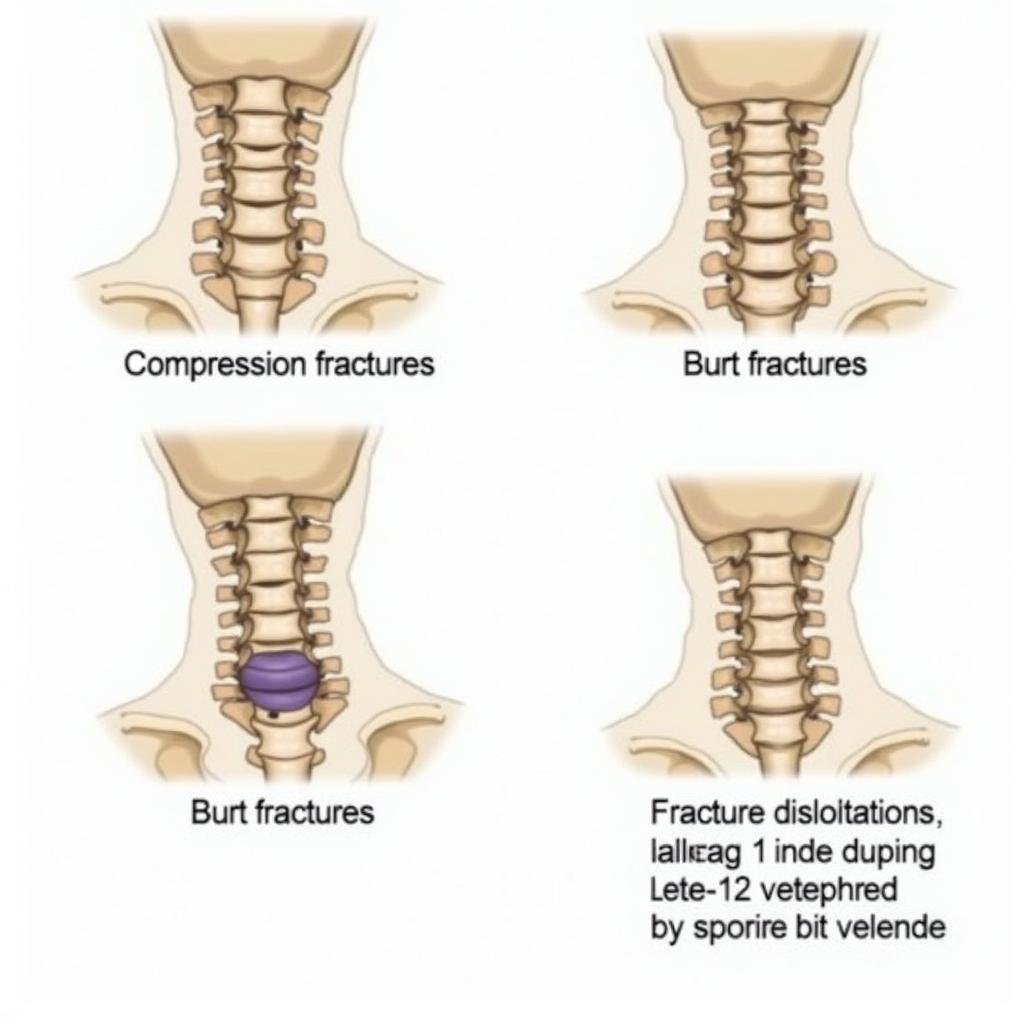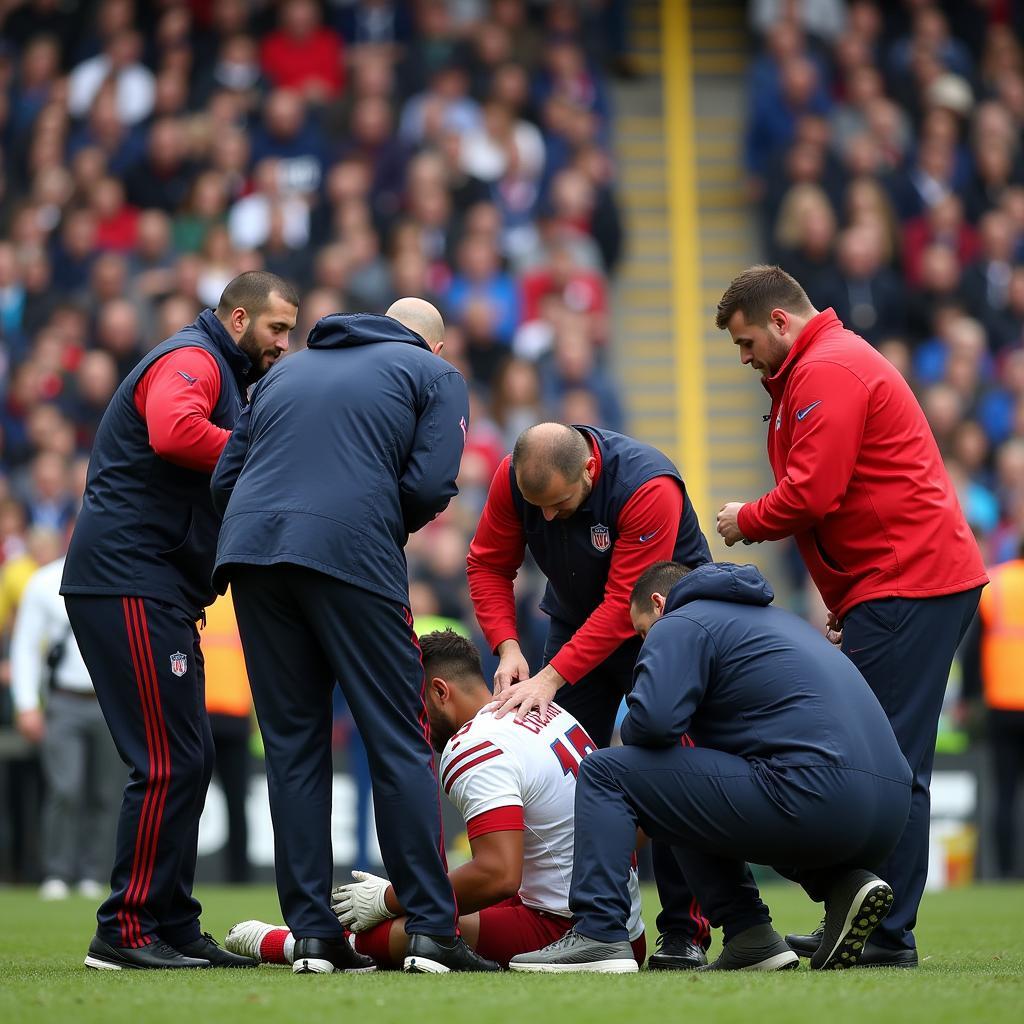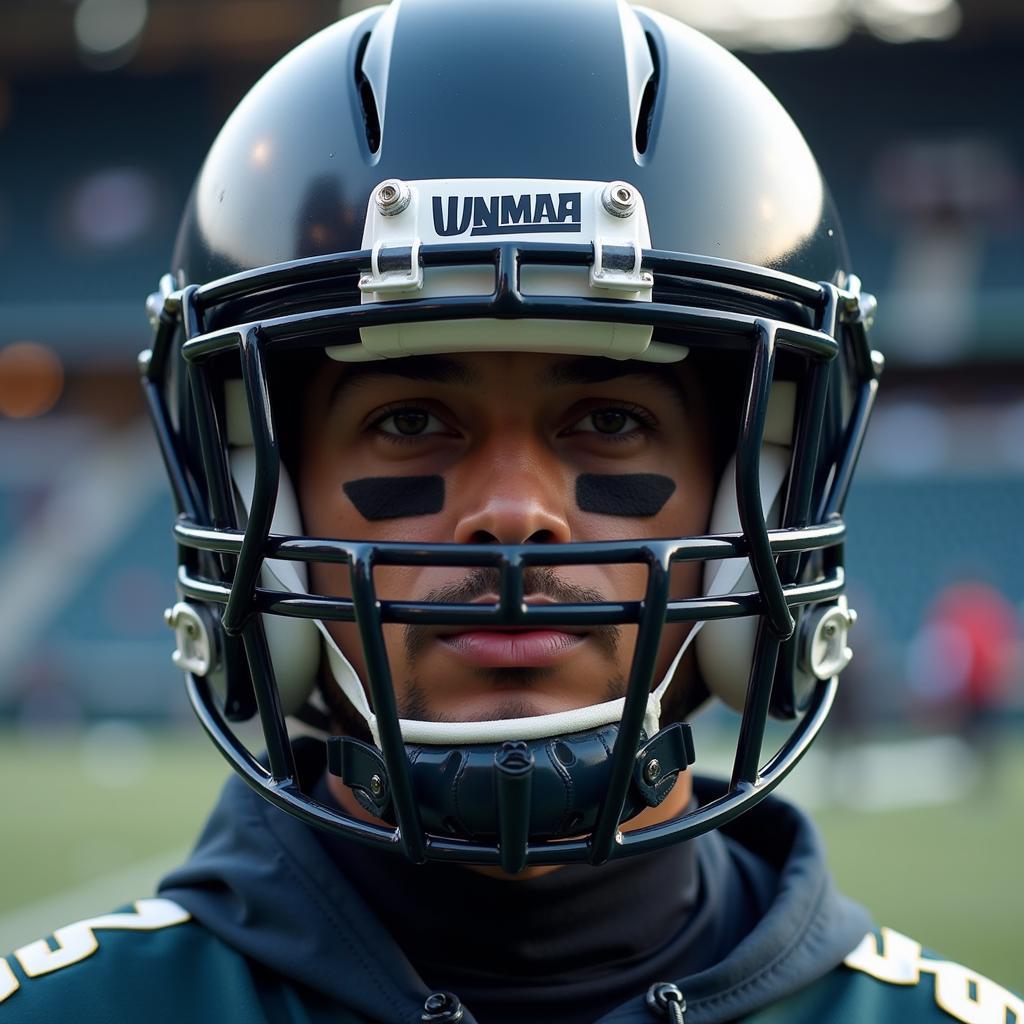The Devastating Impact of Spinal Fractures in Football Players
October 20, 2024A spinal fracture is a severe and potentially career-ending injury for any footballer, regardless of their skill and strength. The force required to fracture a vertebra is immense, often resulting from a violent collision, awkward fall, or extreme impact. Such injuries can have immediate and long-lasting consequences, impacting not just a player’s physical health but also their mental well-being and future prospects.
The Anatomy of a Spinal Fracture
The spinal column, a complex structure of bones (vertebrae) cushioned by intervertebral discs, protects the spinal cord, a vital part of the central nervous system. A fracture in any of these vertebrae disrupts this delicate balance, potentially damaging the spinal cord and leading to a range of complications.
Causes and Types of Spinal Fractures
Football, with its inherent physicality, presents several scenarios that can lead to spinal fractures. High-impact tackles, collisions with other players, or even landing awkwardly after a header or jump can exert tremendous force on the spine, exceeding its capacity to withstand the pressure.
 Types of Spinal Fractures in Football
Types of Spinal Fractures in Football
Common types of spinal fractures in football include:
- Compression fractures: These occur when the vertebra collapses, often due to excessive force along the length of the spine.
- Burst fractures: Resulting from high-energy impacts, these fractures shatter the vertebra into multiple fragments, posing a significant risk to the spinal cord.
- Fracture-dislocations: This severe injury involves both a fracture and a displacement of the vertebra, often causing instability in the spine.
Immediate Impact and Long-Term Consequences
The immediate aftermath of a spinal fracture is critical. Players often experience excruciating pain, numbness, weakness, or even paralysis. Immediate medical attention is crucial to assess the extent of the injury, stabilize the spine, and prevent further damage.
 Immediate Treatment and Rehabilitation
Immediate Treatment and Rehabilitation
Long-term consequences can be life-altering, ranging from chronic pain and limited mobility to permanent neurological deficits and even paralysis. The road to recovery is often long and arduous, requiring extensive rehabilitation, physical therapy, and psychological support.
Prevention and Protective Measures
While the risk of spinal fractures in football can never be entirely eliminated, implementing preventive measures can significantly reduce their incidence.
- Proper tackling techniques: Coaches and trainers must emphasize safe tackling methods that prioritize protecting the head and neck, minimizing the risk of forceful impacts on the spine.
- Strengthening and conditioning: Targeted exercises aimed at strengthening the neck, core, and back muscles can enhance spinal stability and resilience, providing better protection against injury.
- Equipment and gear: High-quality helmets and neck rolls can provide an extra layer of protection, absorbing some of the impact forces during collisions.
 Essential Protective Gear for Football Players
Essential Protective Gear for Football Players
The Road to Recovery and Return to Play
Recovering from a spinal fracture is a challenging journey that requires patience, resilience, and a comprehensive approach. The rehabilitation process focuses on:
- Pain management: Medications and therapies help alleviate pain and discomfort, allowing players to participate in rehabilitation exercises.
- Rest and immobilization: Initially, rest and immobilization are crucial to allow the fracture to heal properly.
- Physical therapy: A customized physical therapy program helps regain strength, flexibility, and range of motion in the affected area.
- Psychological support: Coping with a serious injury like a spinal fracture can take a toll on mental health. Counseling and support groups provide emotional support and guidance throughout the recovery process.
The decision to return to play after a spinal fracture is complex and multifaceted. Factors considered include the severity of the injury, the player’s overall health, and the potential for long-term complications. Medical professionals, coaches, and the players themselves must carefully weigh the risks and benefits before making this crucial decision.
Conclusion
Spinal fractures are a serious concern in football, carrying the potential for significant short-term and long-term consequences. By understanding the causes, embracing preventive measures, and ensuring comprehensive treatment and rehabilitation, we can strive to mitigate these risks and safeguard the well-being of athletes. While the road to recovery may be long and demanding, with the right support and unwavering determination, players can overcome these challenges and, in some cases, even return to the sport they love.
FAQs
1. What are the first signs of a spinal fracture in a football player?
2. How long does it take for a spinal fracture to heal in a football player?
3. What are the chances of a football player returning to the sport after a spinal fracture?
4. What are the latest advancements in treating spinal fractures in athletes?
5. Are there specific rules in football aimed at preventing spinal injuries?
Need further assistance? Please reach out to us at Phone Number: 0396443476, Email: [email protected] or visit us at 23 Thang 3, Dak Nia, Gia Nghia, Dak Nong, Vietnam. Our dedicated customer support team is available 24/7 to address your queries. You can also explore more informative articles on our website for comprehensive insights into various aspects of football and sports injuries.